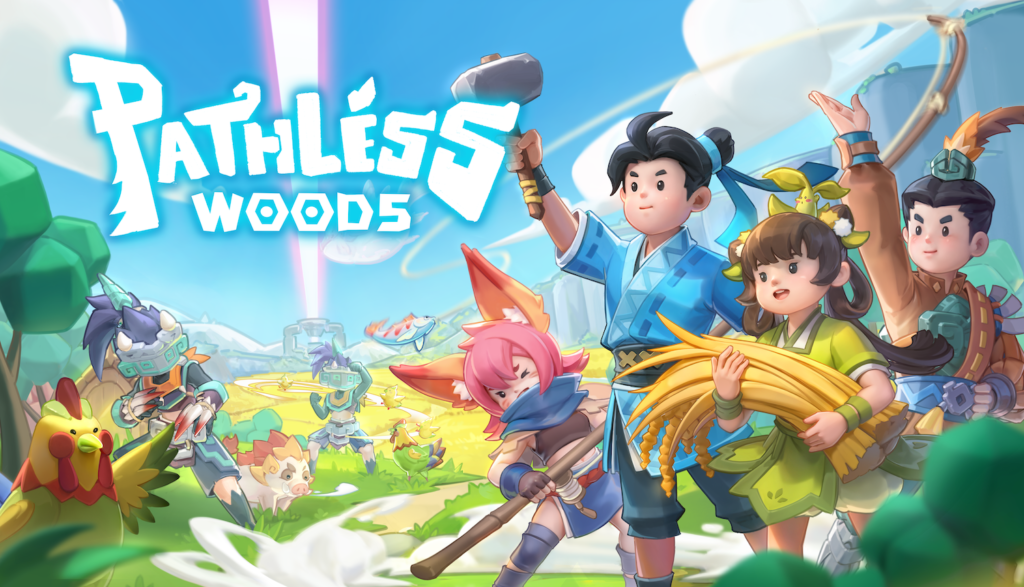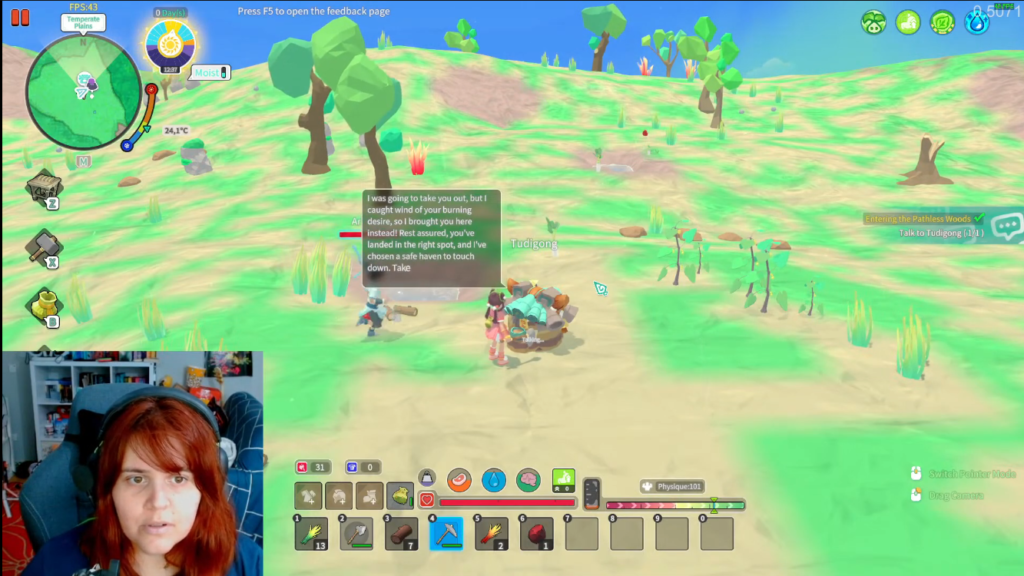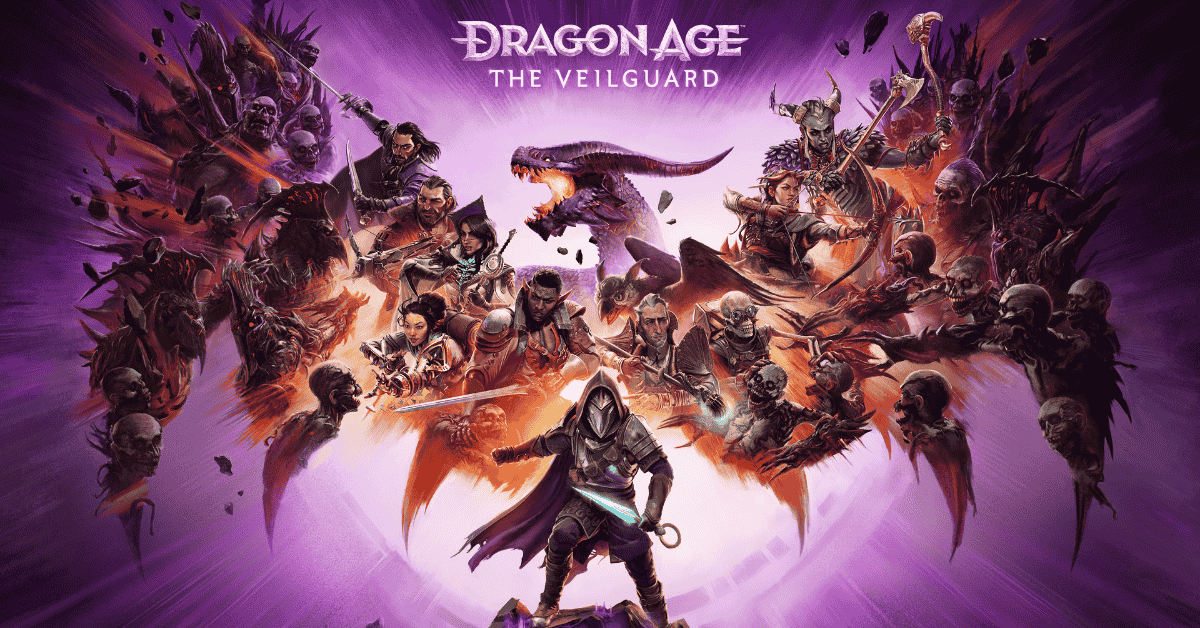Released by AniYa Games Studio in April 2024, “Pathless Woods” welcomes us with an adorable and nostalgic charm. It’s a cozy survival game where the characters resemble Playmobil figures, enriched with traditional Chinese attire and architecture.
Initially, the tutorial feels like a bumpy ride. It’s confusing and disorganized, with an interface that bombards you with too much information at once. There are maps, temperature indicators, buffs, repair notifications, items, chats, events, item bars, and pockets you create later. It’s a lot to manage, and switching between combat mode, building mode, and normal mode can be confusing if you accidentally change to the wrong mode. However, once you overcome the initial confusion, the game reveals its truly inviting nature.
It’s a visually captivating world, though this beauty comes at a cost—high graphical settings at the start. A good machine can make it a beautiful game, but for a computer that’s not NASA-level and used for simultaneous streaming, like mine, it was necessary to sacrifice quality. Unfortunately, this makes the game look significantly different, even a bit dull.
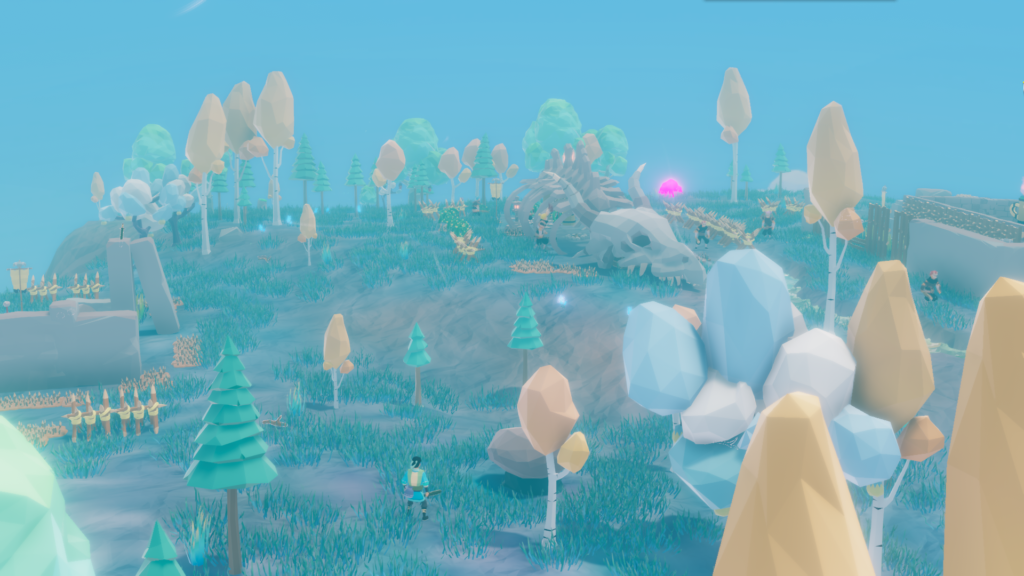
The core of “Pathless Woods” revolves around survival, building, and exploration. Think “Valheim,” but with a more relaxed combat component. The game encourages you to build everything from basic huts to grand pagodas, engage in traditional Chinese farming, and manage resources. It’s a place where you can lose yourself in the rhythm of gathering, building, and crafting. The crafting system is a breath of fresh air compared to other games like “Minecraft” or “Stardew Valley,” as it automatically accesses nearby inventories without needing to manually transport items.
Sound plays a functional rather than atmospheric role. Environmental audio cues help you navigate, but the music is so subtle it’s easy to forget. It doesn’t detract from the experience, but it doesn’t add much either.
Narratively, the game doesn’t try to hook you with convoluted plots but offers folklore that serves as a guide. An enigmatic entity introduces you to a new planet, where you are tasked with exploring and cultivating. The folklore, while not deeply integrated into every action, provides a background that keeps you engaged. The NPCs you meet and can recruit add some utility, reminiscent of “Animal Crossing” and its gift system. “Pathless Woods” also ends up having other similar elements, though with some strange twists like catching insects with a net and then eating them, strange as it may seem.
Playing with friends is where “Pathless Woods” truly shines. The cooperative gameplay allows you to divide tasks, making the survival experience more enjoyable. Whether mining, farming, or building, working together lets you focus more on the activities you prefer. The game’s settings allow for sharing recipe knowledge and the option to enable or disable friendly fire, adding flexibility to how you play in a group.
A unique aspect is the cultural reference to ‘chi’—natural chi and meat chi, for example. These elements, rooted in Chinese culture, add an intriguing touch, though they could benefit from clearer explanations. The system allows you to consume animals but somehow rewards you when you choose not to.

Despite the initial learning curve and the intimidating interface, “Pathless Woods” offers a welcoming experience with plenty to explore and create. After the first five hours, I finally felt like I was getting into the game’s rhythm, suggesting a longevity that invites you to return, much like “Minecraft” or “Valheim.”
Therefore, I give “Pathless Woods” a score of 78 out of 100. It stands out as a captivating blend of culture and gameplay. It’s a game where you can relax, build, and explore a world, though with some initial hurdles to overcome. For those who enjoy sandbox survival games, it’s a charming, if slightly imperfect, experience worth diving into.
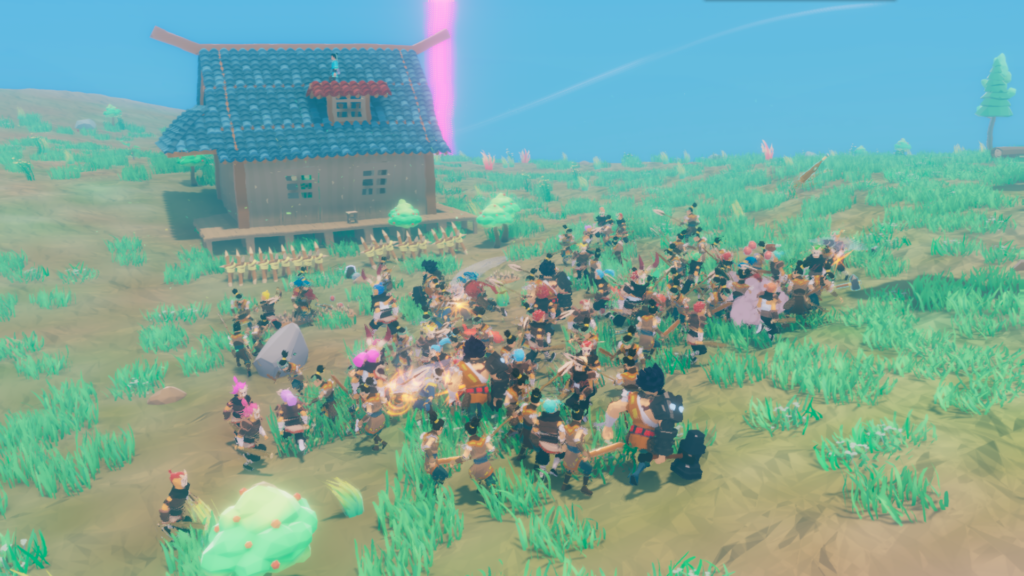
75%
“Pathless Woods” is a visually captivating sandbox survival game with a charming mix of traditional Chinese aesthetics and cooperative gameplay, though it comes with an initially steep learning curve.
In partnership with Mosbit Gaming.

